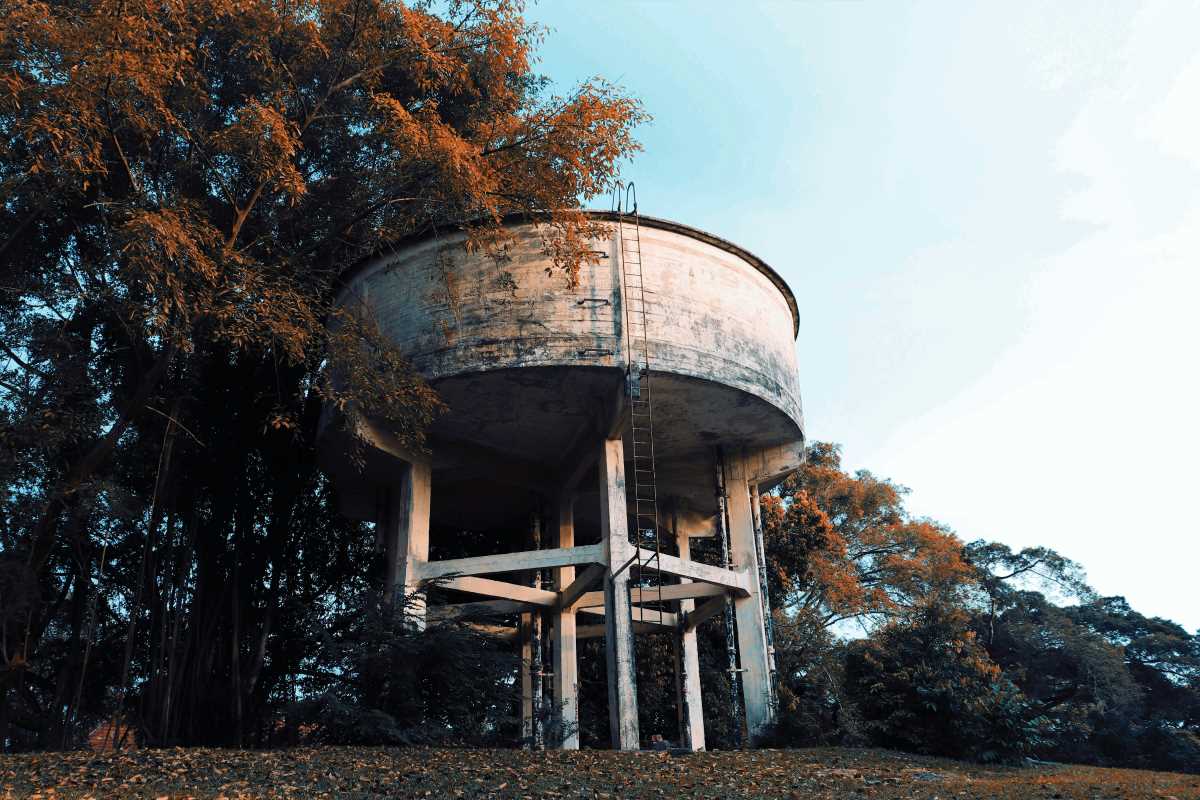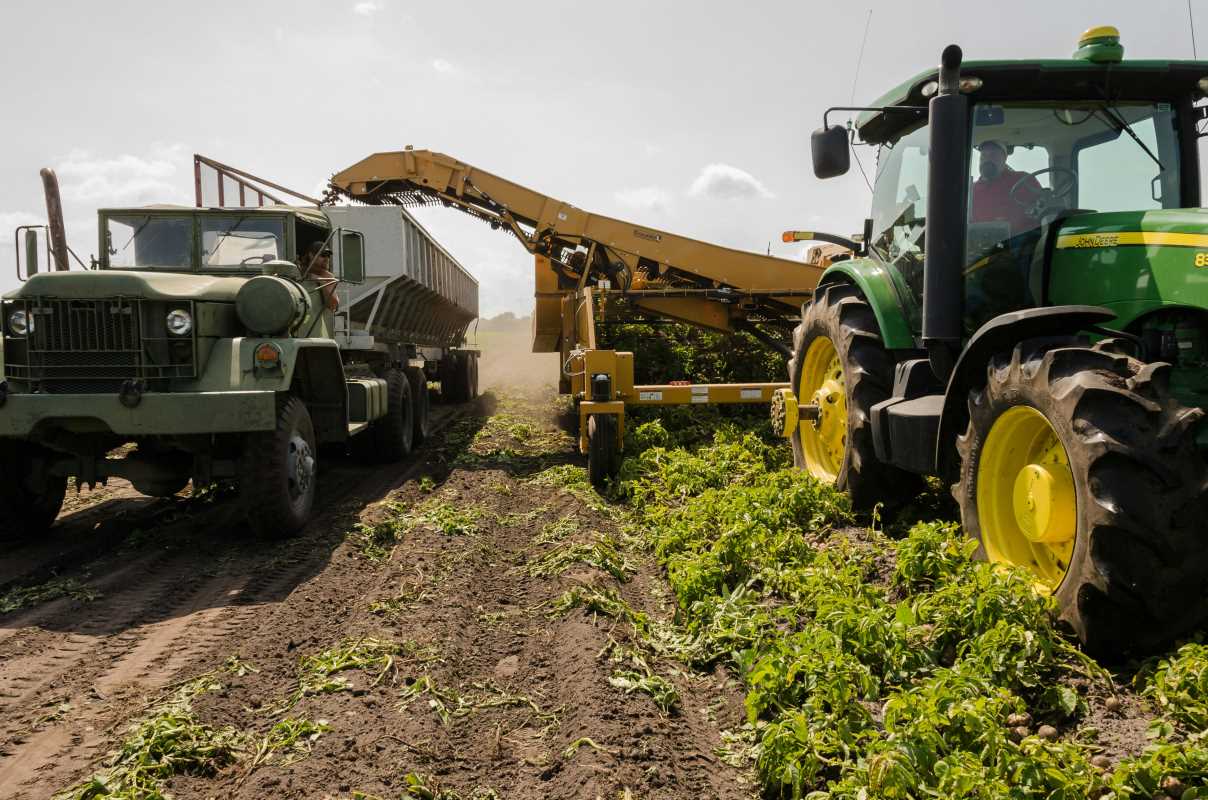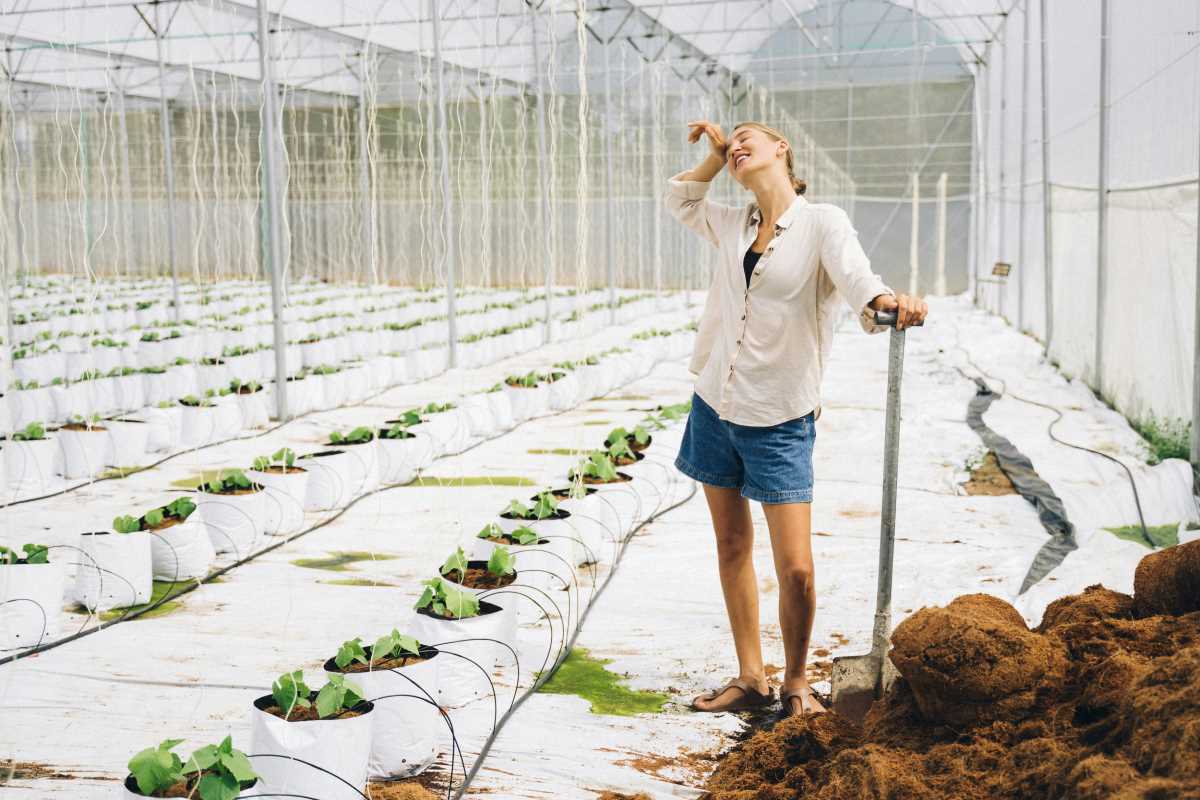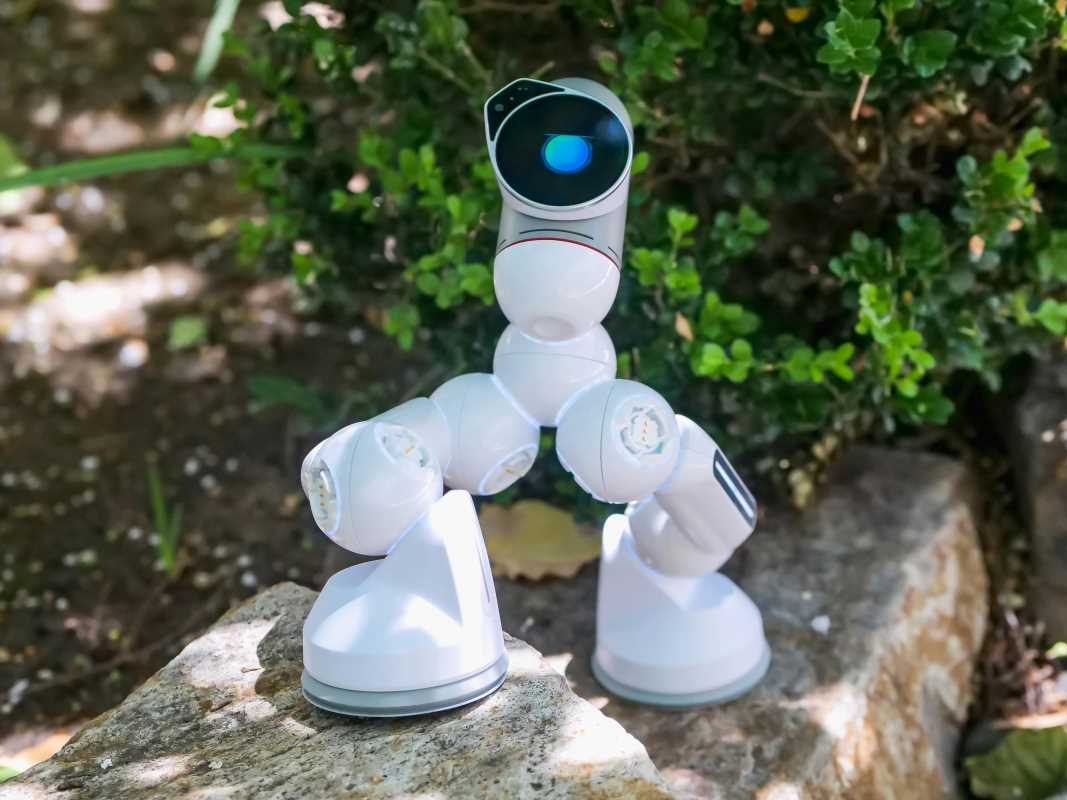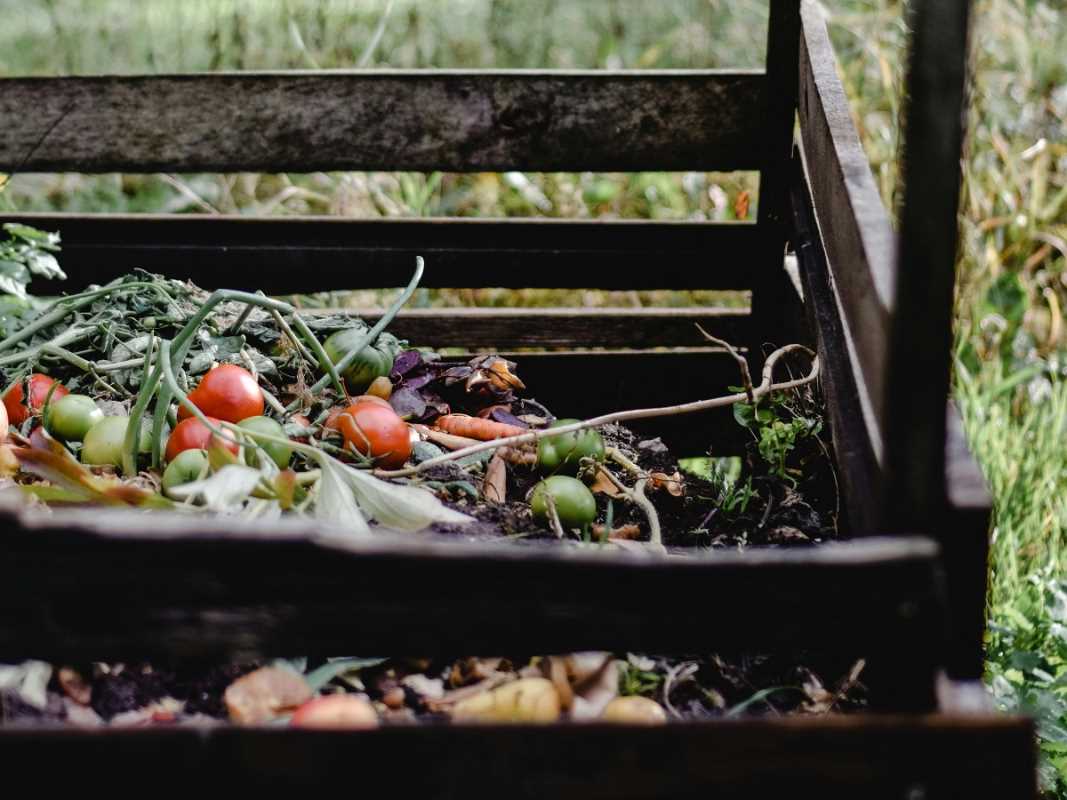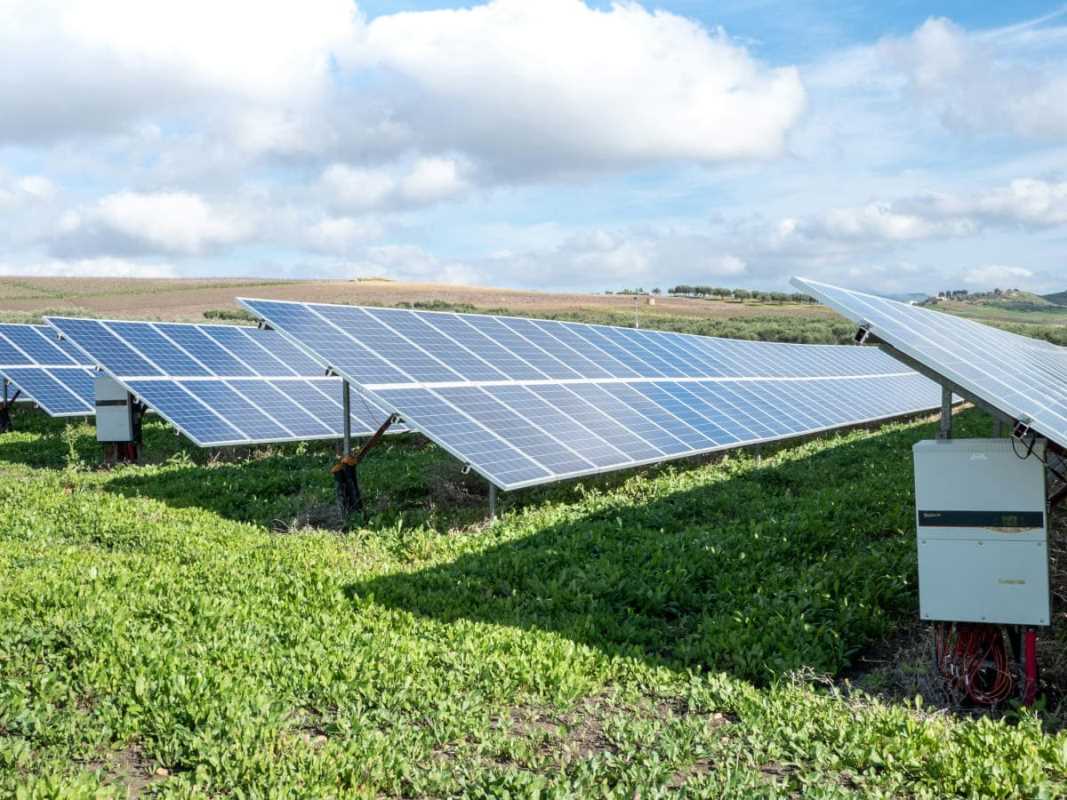Greenhouses benefit greatly from automated climate controls, which help maintain optimal conditions for plant development. By precisely adjusting temperature, humidity, and airflow, growers produce healthier crops with less effort. These systems minimize water waste and lower energy bills while reducing the need for constant manual labor. As a result, plants receive the care they need at every stage, and growers enjoy a more efficient and cost-effective operation. With technology handling the environment, attention can shift to nurturing crops and improving yields instead of monitoring equipment or making frequent adjustments.
Using these systems, you see higher yields and better plant quality. Your aim is to create a stable environment that adjusts to weather changes and plant needs, making it easier to manage large greenhouse setups.
Greenhouse Climate Control Basics You Need to Know
Climate control in a greenhouse balances several essential factors to keep your plants healthy. The most important parts include:
- Temperature: Keep it warm enough without overheating.
- Humidity: Manage moisture levels to prevent mold and pests.
- Ventilation: Let air flow to disperse heat and moisture.
- Light: Add natural sunlight to encourage growth.
- CO2 Levels: Make sure plants get enough carbon dioxide for photosynthesis.
These factors work together to create the right microclimate. Changing one often affects the others, so you need an integrated system that can monitor and adjust conditions automatically.
By paying attention to these elements, you not only improve plant health but also make daily tasks easier. Monitoring temperature and humidity closely helps prevent plant stress and disease, which is especially useful in larger greenhouse areas.
Different Types of Automated Climate Control Systems
Many systems offer various levels of automation and integration. Think about these main options:
- Thermostats that automatically adjust heating and cooling based on set thresholds.
- Sensors that constantly track temperature, humidity, and light levels.
- Ventilation controllers that operate fans and vents to maintain airflow.
- Irrigation systems that work with moisture sensors to avoid overwatering or underwatering.
- Energy management systems that coordinate with your greenhouse’s overall operations to optimize both climate and power use.
Each system type addresses specific needs within your greenhouse. Combining these systems creates a flexible setup that adapts to seasonal changes and sudden weather shifts.
Picking the right system depends on your greenhouse layout and crop needs. Review your current infrastructure and goals to decide whether a single solution or a combination works best.
Key Equipment and Technology You Need
Before starting, gather the right equipment to support your climate control system. Important parts include sensors, controllers, and actuators, which work together to control the environment. For example, *AgriSense* sensors measure temperature and humidity accurately, while *GreenFlow* controllers adjust ventilation and watering commands.
These tools make it easier to maintain and precisely control your greenhouse environment. Choosing durable equipment ensures it lasts and performs reliably, especially in larger setups where consistent operation is critical.
Setting Up Your System Step-by-Step
Start your planning by mapping your greenhouse layout, dividing it into zones for temperature, humidity, and light control. Place sensors where they can measure conditions accurately, away from water sources or heat sources. Put the main controller in a central location for easy access and monitoring.
Connect the devices using clear wiring diagrams and simple connections. Set each device according to your desired climate conditions. Test each component separately to confirm it works correctly before linking everything together.
After completing the setup, run simulations by changing sensor inputs. Adjust settings to match real-world conditions and fine-tune responses. Observe how the system behaves over several days to confirm it remains stable under changing outdoor weather.
Tips for Troubleshooting and Maintaining Your System
Even a well-installed system needs regular checks and adjustments. Common problems are usually easy to fix. Typical troubleshooting steps include:
- Recalibrating sensors if temperature or humidity readings seem inaccurate.
- Checking that fans and vents are free of blockages and connected properly.
- Inspecting irrigation nozzles and controller settings to prevent overwatering or underwatering.
- Updating firmware regularly to keep your climate control system running efficiently.
- Ensuring backup power solutions are in place so brief outages don’t cause problems.
Automated climate controls make managing your greenhouse easier while helping your plants grow better and your operations run more smoothly. Start applying these practical steps today to improve your growing environment and enjoy the benefits of modern technology.
These actions reduce operational problems and ensure better harvests in the future.
 (Image via
(Image via